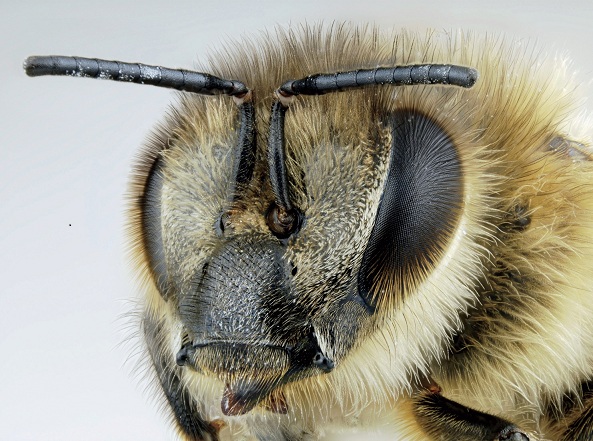Bees Do It
Will the Olympic Peninsula’s hardy honeybees save the world from colony collapse?
 The last time we checked with Seattle mayor-turned-beekeeper Wes Uhlman, his two hives on Queen Anne Hill were doing fine. It was three years ago, and all across farm country a mysterious syndrome called colony collapse disorder was making bees abandon their doomed hives, threatening an agricultural catastrophe. But CCD hadn’t slammed Uhlman or his fellow local backyard beekeepers as severely as others. That made him suspect that Big Ag pesticides—not a big factor on Queen Anne—were the cause.
The last time we checked with Seattle mayor-turned-beekeeper Wes Uhlman, his two hives on Queen Anne Hill were doing fine. It was three years ago, and all across farm country a mysterious syndrome called colony collapse disorder was making bees abandon their doomed hives, threatening an agricultural catastrophe. But CCD hadn’t slammed Uhlman or his fellow local backyard beekeepers as severely as others. That made him suspect that Big Ag pesticides—not a big factor on Queen Anne—were the cause.
That was then. Now bees are suffering even here. This spring, one of Uhlman’s two hives was kaput and the other ailing.
Salvation could come from the Olympic Peninsula. There, at the Olympic Wilderness Apiary—just west of the town of Joyce—Dan and Judy Harvey produce queen bees for other keepers. For years the Harveys have employed herbal supplements, good nutrition, and selective breeding, minus conventional chemical treatments, to produce bees resistant to varroa mites, a parasite widely blamed for colony collapse. But in 2007 a fungus called Nosema ceranae started ravaging the Harveys’ hives. They lost 80 to 90 percent of their bees in 2008, and the same again in 2009.
But they noticed that wild colonies in the deep woods were faring better. These colonies—descended from bees that loggers and farmers ordered from Sears Roebuck in the 1920s and ’30s—had evolved to thrive in the soggy, fungus-ridden Olympic climate. The Harveys collected wild queens and bred them with their own varroa-resistant lines. Even when fungal infestations appeared, they skipped standard antibiotics; instead they drenched the little buzzers in oak bark extract and essential oils and fed them lavishly through the winter. Bingo. “This year we only lost about 20 percent,” says Dan.
The U.S. Department of Agriculture is now studying the Olympic bees at its Baton Rouge bee lab. It suspects varroa mites and Nosema fungus may act together to cause colony collapse. If the Harveys have indeed developed a Nosema-tolerant stock, it could be a lifesaver for hives worldwide. In the bee world, good breeding, clean living, and healthy eating still count for something. —ERIC SCIGLIANO